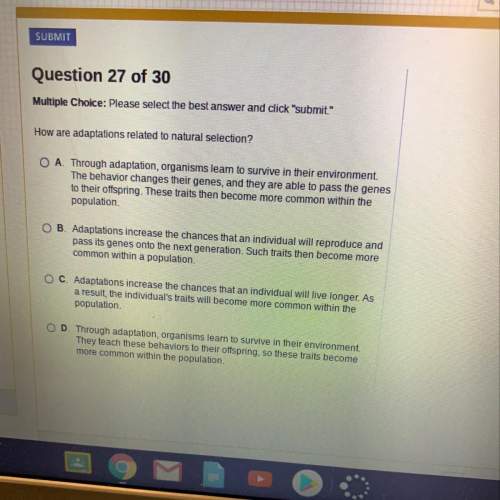Warning this is a lot of info and questions!
describe the role and structure of the chr...

Warning this is a lot of info and questions!
describe the role and structure of the chromosome (dna, chromatin, centromere).
describe and identify what occurs during the different events of the cell cycle (mitosis-prophase, anaphase metaphase, telophase, interphase, cytokinesis).
describe stem cells and understand that cells differentiate to produce multiple cell types in multicellular organisms.
describe the role of mitosis in living things including growth, repair and reproduction.
describe the structure of dna using the words double helix, adenine, thymine, guanine and cytosine.
describe the steps of dna replication.
distinguish between dna and rna.
describe amino acids, proteins, ribosomes, enzymes.
describe the purpose, location and outcomes of transcription and translation.
summarize what happens when mutations occur and how that affects the production of functional proteins. (including how environmental factor can damage dna making it more susceptible to replication mistakes.)
recite how repressor proteins block transcription.
repressor proteins block transcription by blocking the one part of dna that allows the ability to start transcription.
describe homologous chromosomes, crossing over, haploid, diploid, segregation, meiosis, gamete, independent assortment, tetrad, nondisjunction
describe alleles, genotype, phenotype, genetic probability, dominant, recessive, pedigree
restate the stages of meiosis.
state an example of how the environment can affect the expression of a trait.
describe the evidences for evolution using the words fossils, artificial and natural selection, biogeography, adaptation, fitness, homologous structures, analogous structures, and vestigial structures.
recall examples of evolution from several lines of evidence.
an alligator compared to a crocodilian from prehistoric times, the hip and shoulder bones compare to each other.
state the sources of genetic variation (mutation, sexual recombination.)
define a species and reproductive isolation.

Answers: 1
Another question on Biology

Biology, 22.06.2019 06:00
During the process of two rails or sides break apart and attract new nucleotide bases to form a new and complete strand.
Answers: 2

Biology, 22.06.2019 06:30
Step 1 review the imaginary strand of dna below. note the complementary base pairs. a g c a a t c c g t c t t g g t c g t t a g g c a g a a c c step 2 to begin replicating this strand of dna, draw the two sides of the strand separating. step 3 now, draw the free-floating bases linking up with the separate sides. remember to follow the rules of complementary base pairing. step 4 draw the two resulting dna strands.
Answers: 1

Biology, 22.06.2019 06:30
Explain how scientists use geologic time to determine the age of landforms.
Answers: 1

Biology, 22.06.2019 12:30
When rutherford performed his metal foil experiment, he was surprised that most of the alpha particles
Answers: 1
You know the right answer?
Questions

English, 02.09.2020 05:01

Mathematics, 02.09.2020 05:01

English, 02.09.2020 05:01

History, 02.09.2020 05:01








Business, 02.09.2020 05:01


Physics, 02.09.2020 05:01


History, 02.09.2020 05:01

Mathematics, 02.09.2020 05:01


English, 02.09.2020 05:01




